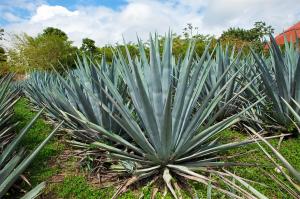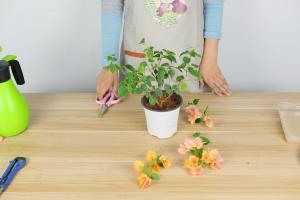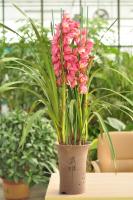Planting Companions for Stella D'oro Daylily
Stella D'oro daylilies are a popular perennial flower found in many gardens due to their ease of care and beautiful yellow blooms that last all summer long. To create an even more stunning landscape, it's important to consider the other plants that will coexist alongside Stella D'oro daylilies. Here are some great options for planting companions for your Stella D'oro daylilies:
Option 1: Coneflowers (Echinacea purpurea)
Coneflowers are a great pairing with Stella D'oro daylilies because they complement each other's colors and maintain a similar height. Coneflowers come in shades of purple, pink, and white, and their cone-shaped centers add visual interest to any garden bed. Plus, they are easy to care for and bloom all summer long, making them the perfect companion for Stella D'oro daylilies.
Option 2: Russian Sage (Perovskia atriplicifolia)
Russian Sage is an excellent companion plant for Stella D'oro daylilies because its blue-gray foliage complements the yellow blooms of the lilies. Russian Sage also has a long blooming period, with delicate purple-blue flowers that will create a beautiful contrast to the yellow of the Stella D'oro daylilies. In addition, Russian Sage is drought-tolerant and low-maintenance, making it a perfect fit for the easy-care Stella D'oro daylilies.
Option 3: Black-Eyed Susans (Rudbeckia)
Black-eyed susans are another excellent companion plant for Stella D'oro daylilies. With their bright yellow petals and dark brown centers, they create a beautiful contrast when planted alongside the yellow blooms of Stella D'oro daylilies. Like their companion plant, Black-eyed Susans are easy to care for and will last all summer long. These flowers also attract bees, butterflies, and other pollinators, making them an excellent choice for ecologically-friendly gardens.
Tips for Successful Pairings
When selecting plants to pairing with your Stella D'oro daylilies, it's important to consider their needs and growing habits. Remember to choose plants with similar light, soil, and moisture requirements to ensure that they will thrive together. To create a cohesive look, consider planting in groups of three or five rather than individually. This will also help to eliminate bare patches in your garden bed and create a full, lush look.
In conclusion, there are many great companion plants to choose from when planting alongside Stella D'oro daylilies. Coneflowers, Russian Sage, and Black-Eyed Susans are just a few of the many plants that will complement the yellow blooms of the daylilies and create a stunning landscape. Remember to select plants that share similar growing habits and use groupings rather than individual plants to create a full, cohesive look in your garden.

 how many times do yo...
how many times do yo... how many planted tre...
how many planted tre... how many pine trees ...
how many pine trees ... how many pecan trees...
how many pecan trees... how many plants comp...
how many plants comp... how many plants can ...
how many plants can ... how many plants and ...
how many plants and ... how many pepper plan...
how many pepper plan...





























